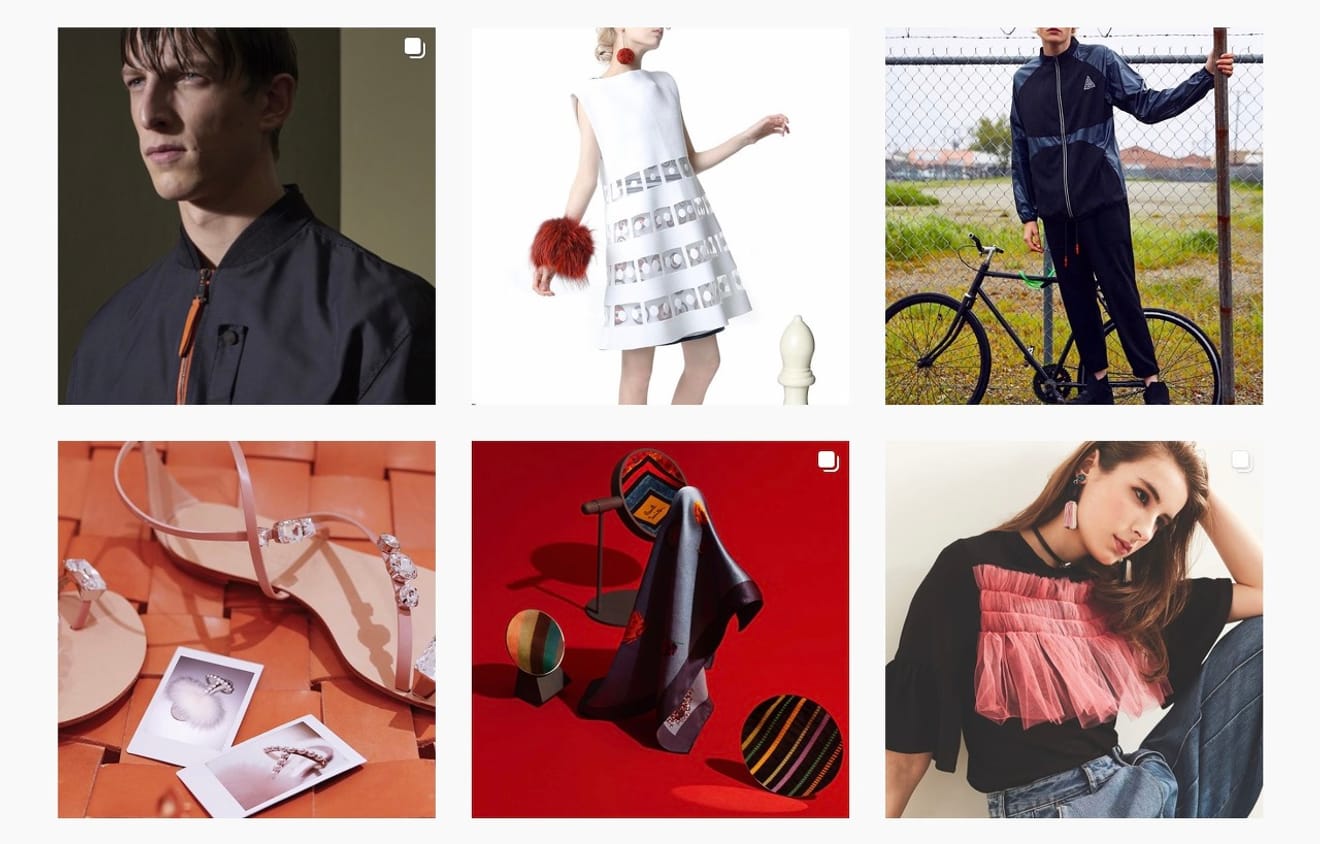Subject
- #Consumer Behavior
- #Customer Understanding
- #Brand Value
- #Brand Identity
- #Content Strategy
Created: 2024-04-29
Created: 2024-04-29 15:22
Brand promise that needs to be considered before ideas
It was a story shared by someone starting a new business over a cup of coffee.
They wanted to create video ad content that could appeal to the general public in addition to their target demographic, but they were struggling to make a decision despite considerable deliberation. They laughed as they asked for my opinion. While I wanted to offer helpful ideas, my knowledge at the time was insufficient. Instead, I shared a previous example that might be of some use. I'm writing this down in hopes that it might be helpful to others facing similar challenges.
In 2017, I had a meeting with a department store brand in Hong Kong that was akin to a curated selection shop featuring only luxury items. The CMO overseeing the Hong Kong branch was grappling with a significant challenge: how to revamp their Instagram content strategy and attract a greater response from potential customers (young, affluent individuals in their 20s and 30s).
I took a look at the channel.

As I'd heard, each piece of content had its own unique character. From Asian to Eastern European models, even a giant chessboard was featured. However, with limited resources, they had to keep producing a variety of content. The CMO was spending four days a week meeting with four different content production companies, each with additional requests for fees. As a result, production costs were excessively high compared to the efficiency achieved.
In essence, what they needed was a brand promise. It's a commitment to the value a brand aims to deliver at every customer touchpoint. This brand already had one, but it seemed to have been forgotten. I found it on their career page:
While visiting the three Hong Kong stores, I came across a particularly memorable scene relevant to this.
An elderly couple was standing in front of a display near the entrance, admiring a piece of art by an artist. It was a retro-styled, brightly colored artwork featuring a young man and woman on a motorcycle with flames, crafted with sparkling materials and a striking, aggressive forward gaze.
I was curious about what captivated their attention and made them stop. While preparing the proposal, I gained a deeper understanding.
Some statistics on boomers vs. millennials stood out to me:
Hidden within their current aged appearance is**a generational characteristic that involves more actively enjoying life, sharing their joys and sorrows with others, and expressing themselves compared to today's younger generation.**This connection extended to their active consumption for self-expression and social interaction even after retirement. The brand understood this aspect, but the complexity of their operations seemed to have temporarily diverted their focus from this direction.
Ultimately, the existence of this brand promise provided**a clear direction for content creation, allowing them to step away from obsessing over the intense concepts of each individual piece of content. This, in turn, significantly reduced production costs and enabled the CMO to manage their time more effectively.**.
(If you look back at the image above, you might have different opinions on what needed to change.)
Consumption is intertwined with personal narratives.
And**businesses have long focused on 'perception' and 'desire' as key components in understanding human behavior. This has led to distorted perceptions of customers who haven't yet engaged with the brand. In such instances, I believe a brand promise serves as a guide, preventing businesses from losing sight of understanding their customers and helping them attract those customers.**
Returning to the initial story, I believe that when developing ideas for brand films, a starting point rooted in social context is essential. In the interconnected relationship between businesses and customers, where 'selling' and 'buying' take place, a profound contemplation and decision-making process regarding the core 'value' is fundamental. Naturally, a thorough investigation and understanding of potential customers are required to grasp this value and define the brand promise.
I believe that ideas for brand films are secondary outcomes, derived from the context outlined above. Although I wanted to provide the business owner with numerous ideas for direct appeal, I refrained from doing so for the reasons mentioned above.
P.S. The depth of contemplation on 'value' actually reduces unnecessary costs and enhances long-term efficiency in brand content. This is also the reason why a shift in perspective regarding corporate advertising, often seen as a one-time expense, is necessary.
Comments0